Yogurt With Fruit
Shouldn't yogurt be on the “good” foods list? Well, it is — but the varieties with added fruit on the bottom usually contain a high amount of sugar — up to a whopping 19 grams per cup.


A much better choice: Opt for plain yogurt and add your own sliced fruit, plus a drop of honey for an all-natural sweetener.
Canned Soup
You've heard about canned soups being high in sodium, but did you know it’s also chock full of the sweet stuff?


It’s true: Sugar is added as a preservative to many canned soups to extend their shelf life — and you can find up to 15 grams of sugar per 1.5 cups in certain varieties, so check labels carefully before you buy.
Salad Dressing
Dressing is one of the biggest ways a seemingly-healthy salad can go from health food to diet buster in seconds, with some dressings containing up to 4 grams per tablespoon of dressing. Pay particular attention to light or fat-free varieties, which use sugar to make up for the flavor lost by cutting out fat.
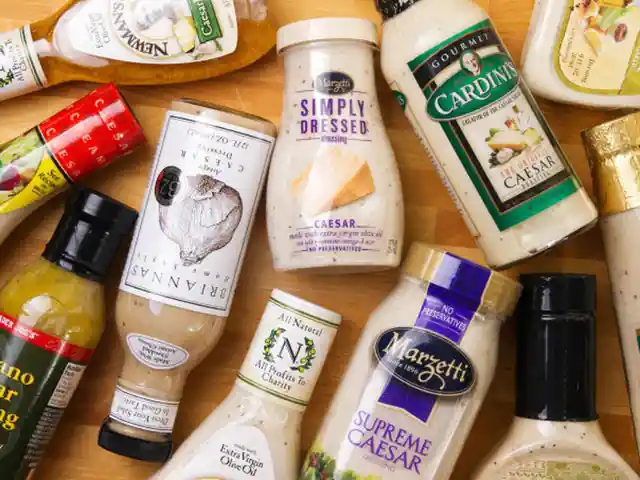
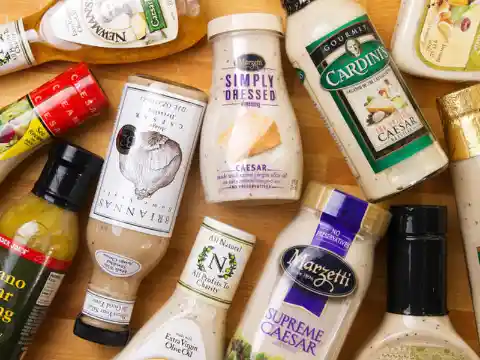
Your best bet? Eat your salad with a light and easy dressing made from a dash of olive oil and a squeeze of fresh lemon juice instead.
Tomato Sauce
Store-bought tomato sauces in jars are convenient — but can be sneaky sources of sugar, as it's often added to cut the acidic taste of tomatoes and to keep jarred sauces fresh for a longer period.
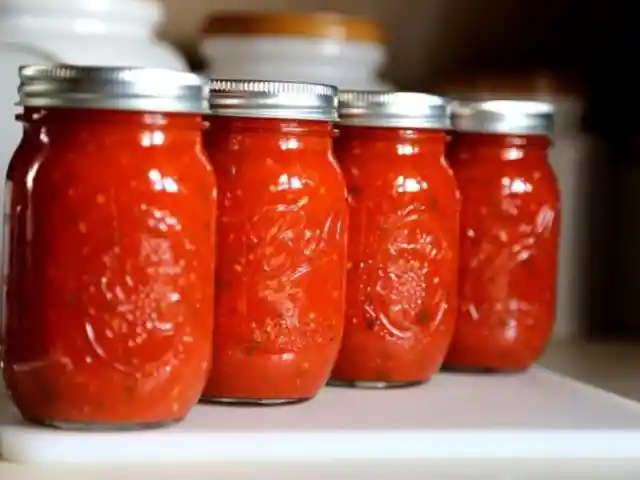

You might find up to 12 grams hiding in a half-cup (though it may be called “corn syrup” in the ingredient list).
Bread
Sugar can sneak up on you in bread, with some varieties containing up to 2 grams of sugar per slice (and that includes some brands of whole wheat bread).


But you don't have to give up having sandwiches; just look for breads with little or no added sugar, and whole wheat flour listed in the ingredients.
Granola Bars
Have you been eating a glorified candy bar for breakfast? Granola bars sound a heck of a lot healthier than they actually are; some brands contain up to 9 grams of sugar per bar, and you're likely to find unhealthy enriched white flour and corn syrup in the ingredient list.
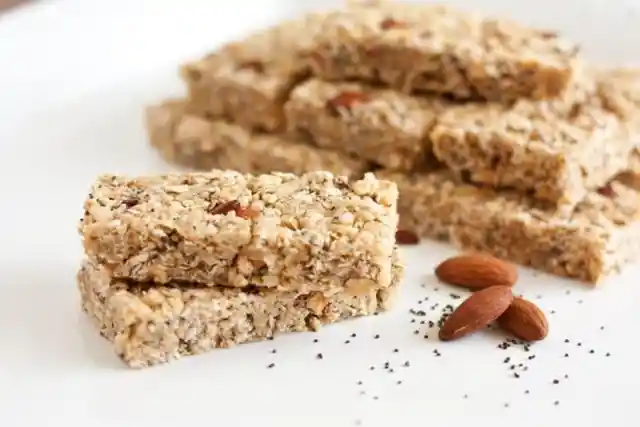
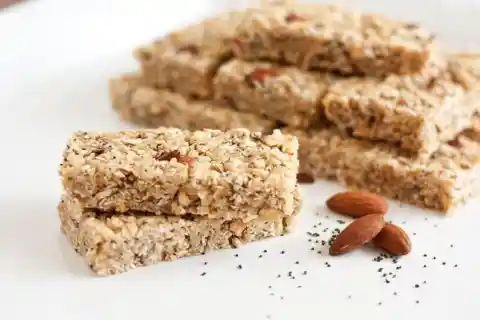
Look for bars that contain less than 35 percent calories from sugar, or consider snacking on a piece of fruit and a handful of whole nuts instead.
Dried Fruit
Dried fruit tends to sound a lot healthier than it is. Just a handful of dried cranberries, for instance, can contain up to 29 grams of sugar.
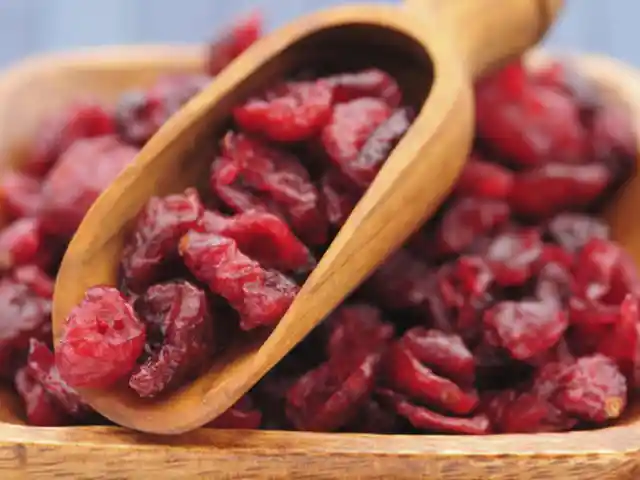

Play it safe: Look for all-natural options that list only the fruit as the ingredient and no added sugars. Since those can be difficult to find, make it your general rule of thumb to opt for the whole fruit whenever you can.
Orange Juice
This breakfast favorite doesn't contain added sugars, but you can find up to 9 grams of sugar in one glass of orange juice — almost as much as a glass of soda!
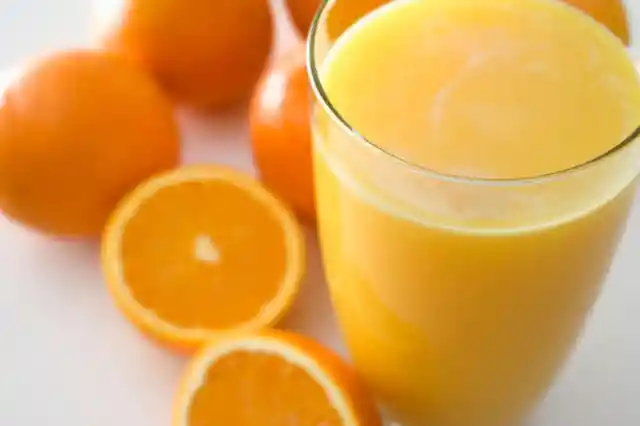

The USDA recommends eating a whole orange instead, to get the added benefit of dietary fiber; studies also show that choosing whole fruits, like apples and grapes, over their juice counterparts can help lower the risk for type 2 diabetes.
Low Fat Muffins
The low-fat muffins at coffee shops always look so good. And although they are a reduced-fat version of the full-fat muffins they sit next to, they are by no means actually healthy.
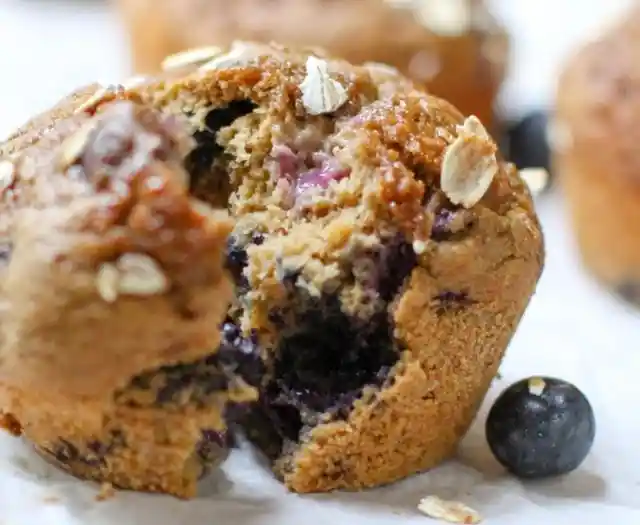
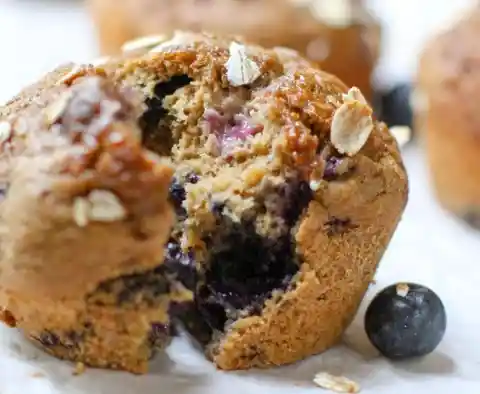
In fact, when most manufacturers take fat out, they have to replace it with something to make up for the lack of taste. And that something is usually sugar, making most low-fat muffins not even that less caloric than their full-fat counterparts and probably less filling.